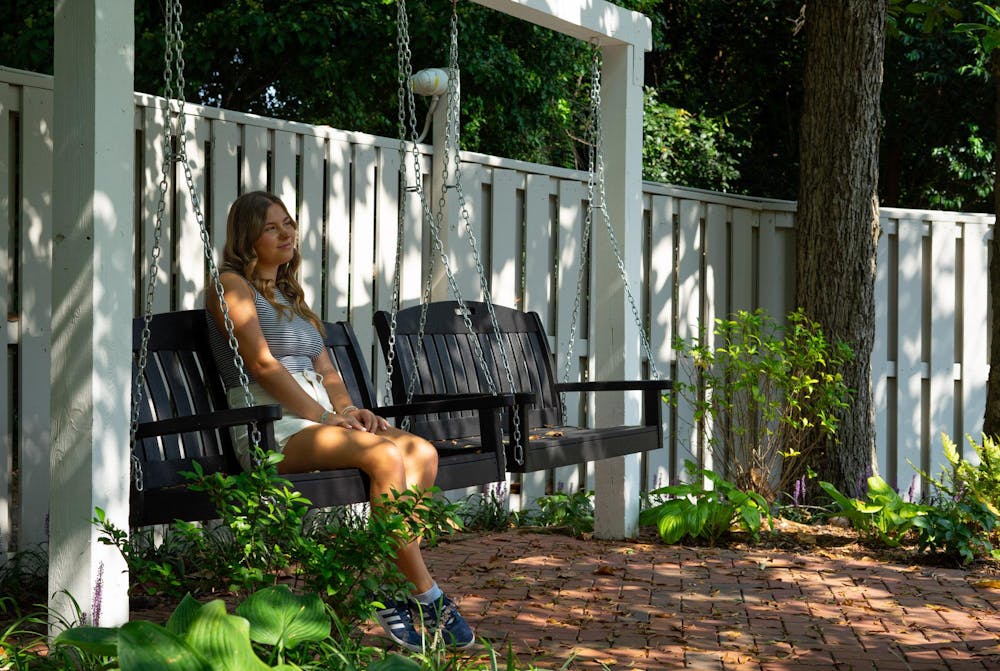While most UNC students call North Carolina home, up to 18 percent of the student body comes from other parts of the country, and even the world.
“Once I got here, I realized how different it really was being out-of-state,” sophomore Gabby DeMarco said. “When I would ask someone where they're from, they would say their high school, rather than their city.”
UNC System Policy 700.1.3 established caps for non-resident students across the UNC system since 1986, to encourage in-state student enrollment. The policy was revised for the 2023-24 academic year. Schools like North Carolina State University and University of North Carolina at Charlotte share the 18 percent cap with UNC-Chapel Hill, while other schools have 25 percent, 35 percent or even 50 percent caps in place.

If UNC schools surpass these percentages for two consecutive fiscal years, they receive budget cuts based on the number of additional first year students.
Schools like the University of Virginia have higher caps, only being required to maintain a two-thirds majority of Virginia resident students. Other public institutions, like the University of Georgia, have no restriction on out-of-state student numbers.
DeMarco remembers being homesick throughout the first semester, leaving Cincinnati and her two siblings behind, of which she is the third in a set of triplets. However, she found ways to get involved, joining a sorority, church and a capella group.
“Keeping a passion that I had in high school, in college, really eased the transition, and it felt kind of like a constant something I could rely on and something I was familiar with," DeMarco said .
Like some other out-of-state students, sophomore Isabella Vu felt like everyone already seemed to come in with groups of friends. Regardless, she threw herself at all the University had to offer, joining everything possible during her first year, and building a community on campus.






